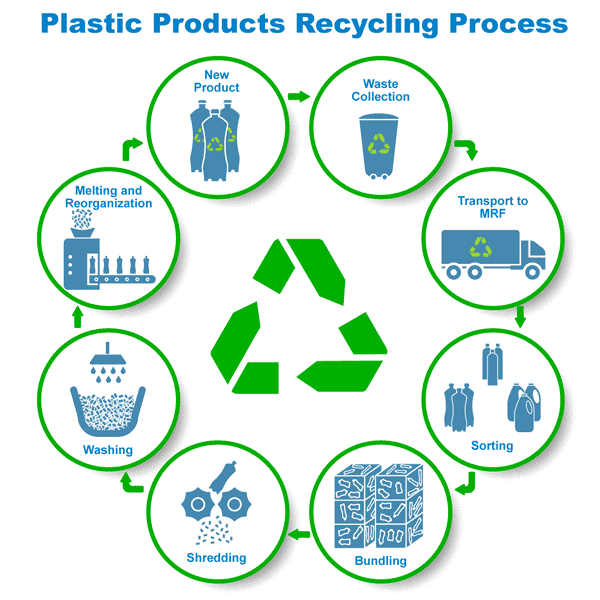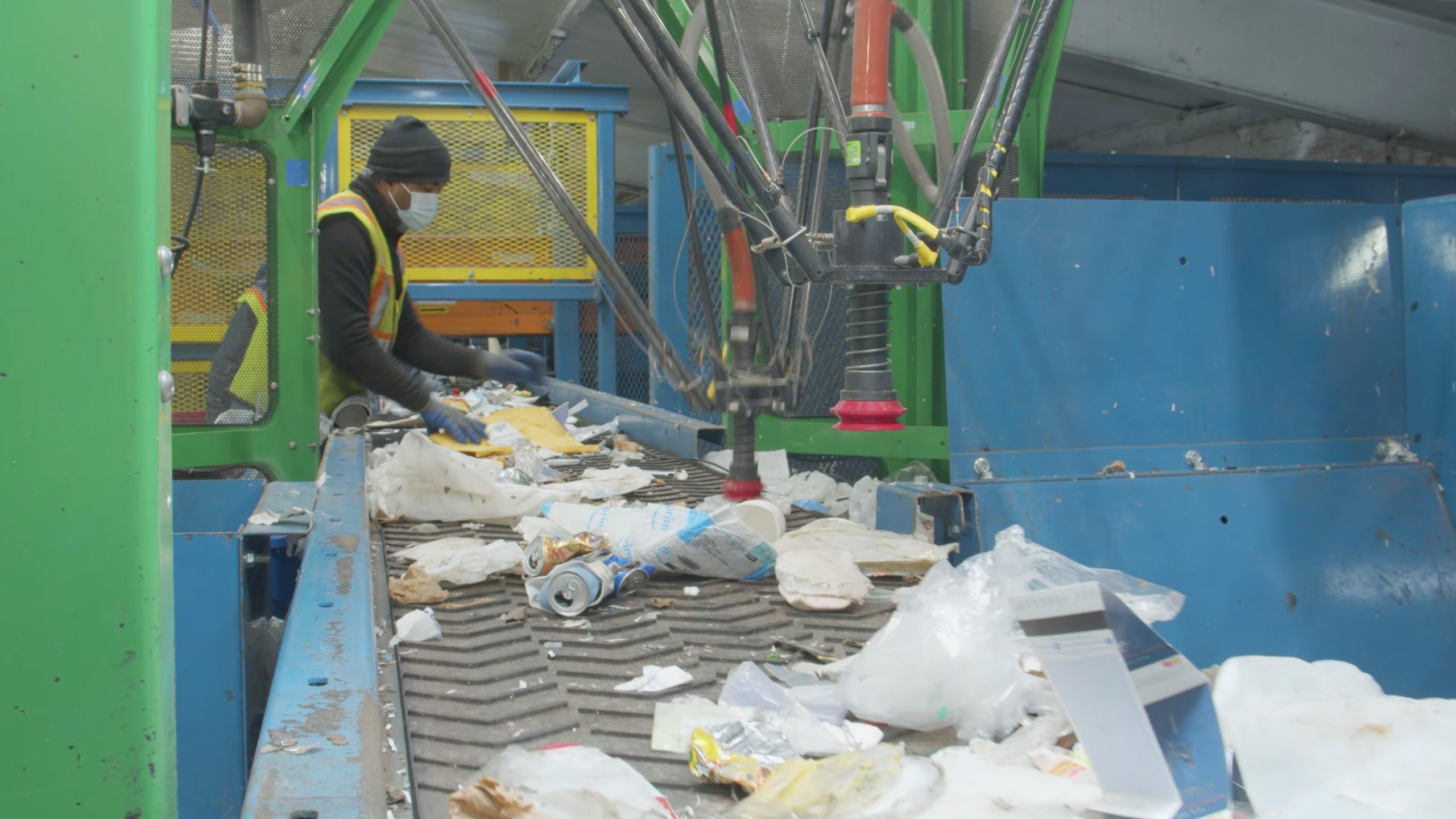Exploring Various Sorts Of Waste in Modern Waste Management Equipment
The contemporary landscape of waste administration includes navigating an intricate selection of waste kinds, each requiring specialized handling and disposal methods to alleviate ecological effects. Community solid waste, unsafe waste, digital waste, and organic waste each existing unique obstacles and chances for source recuperation. Innovative options such as clever waste bins and waste-to-energy modern technologies are becoming critical tools in enhancing effectiveness and sustainability. Comprehending these waste kinds is crucial for cultivating public understanding and encouraging energetic participation in lasting practices. What strategies can efficiently attend to these diverse kinds of waste while promoting a circular economic situation?
Metropolitan Strong Waste
Metropolitan strong waste, typically described as household garbage or trash, includes a variety of thrown out materials generated by household, industrial, and institutional resources within a municipality. This waste stream typically consists of items such as packaging, food scraps, yard trimmings, paper, plastics, textiles, and thrown out home goods. The management of municipal solid waste is an important component of metropolitan planning and public health, necessitating effective collection, transport, and disposal systems.
Reliable waste management systems are made to reduce environmental influence while maximizing resource healing. This commonly involves a mix of techniques including recycling, landfilling, and composting. Recycling programs target materials like paper, glass, metals, and particular plastics, diverting them from garbage dumps and reintroducing them into the production cycle. Composting natural waste, such as food scraps and lawn trimmings, not just minimizes garbage dump usage however also produces valuable dirt amendments.
Communities have to also address the financial and logistical challenges related to waste management. Applying pay-as-you-throw systems, enhancing public recognition, and investing in innovation can significantly enhance waste diversion rates. By incorporating these practices, districts can foster sustainable neighborhoods, lower greenhouse gas exhausts, and preserve natural deposits.
Contaminated Materials

Reliable contaminated materials administration includes a number of crucial actions: recognition, therapy, partition, and disposal. Identification requires the category of waste based on its hazardous residential or commercial properties. Partition makes certain that dangerous products are stored separately from non-hazardous waste to prevent cross-contamination. Therapy approaches, such as chemical neutralization, incineration, and stabilization, are utilized to decrease the poisoning, volume, or movement of the waste. Finally, disposal choices, consisting of secure garbage dumps and below ground storage, are chosen to make sure lasting containment.
Governing frameworks, such as the Resource Conservation and Recovery Act (RCRA) in the United States, offer guidelines and requirements for contaminated materials monitoring. Adherence to these laws, coupled with developments in waste treatment innovations, is crucial in reducing the risks associated with unsafe waste.
Electronic Waste
Digital waste, commonly described as e-waste, stands for a swiftly growing obstacle in waste monitoring systems globally. This kind of waste includes disposed of digital tools and devices such as mobile phones, computers, tvs, and other digital devices. The fast rate of technological improvement, coupled with decreasing item life-spans and consumer need for the current devices, has tremendously increased the quantity of e-waste produced annually.
E-waste is especially problematic as a result of its intricate composition, usually consisting of unsafe substances like lead, cadmium, and mercury, which posture significant ecological and health and wellness dangers otherwise correctly handled. Alternatively, e-waste likewise contains beneficial materials such other as silver, gold, and copper, which can be recovered and recycled. The twin nature of e-waste-- both hazardous and valuable-- demands customized handling, reusing, and disposal processes.
Efficient e-waste monitoring entails rigid governing structures, durable collection systems, and advanced recycling modern technologies. Public recognition and participation are essential, as improper disposal methods, such as unlawful discarding and informal recycling, intensify environmental contamination and wellness risks. Consequently, enhancing e-waste administration methods is important for reducing eco-friendly influence and recovering beneficial resources in an increasingly digital world.

Organic Waste
Organic waste, comprising kitchen scraps, backyard trimmings, and agricultural deposits, stands for a substantial part of the global waste stream. This kind of waste is biodegradable, suggesting it can be broken down by bacteria right into simpler organic compounds. Despite its potential for natural disintegration, incorrect management of natural waste can result in damaging environmental effects, including the emission of greenhouse gases such as methane, which add to environment change.
Efficient management of natural waste their website is important for minimizing these environmental effects (recycling lives services). Composting is an extensively taken on approach, changing natural waste right into nutrient-rich garden compost that can boost soil wellness and farming efficiency. Additionally, anaerobic digestion is an arising technology that converts natural waste into biogas, a renewable resource resource, and digestate, which can be used as fertilizer
Municipalities and waste monitoring entities must execute durable natural waste collection and therapy programs to maximize the advantages of these procedures. Public education and learning projects can additionally play a pivotal function in motivating houses and businesses to separate organic waste from other kinds of waste. By focusing on the monitoring of natural waste, cultures can minimize land fill use, lower greenhouse gas discharges, and produce important by-products for agricultural usage.

Cutting-edge Waste Management
In the realm of waste monitoring, cutting-edge techniques are transforming exactly how cultures manage their refuse, aiming for sustainability and effectiveness. One popular technology is the application of clever waste containers furnished with sensors that keep an eye on fill levels and maximize collection paths.
One more noteworthy development is the adoption of waste-to-energy (WtE) innovations. By transforming non-recyclable waste right into he has a good point useful power via procedures such as incineration and anaerobic digestion, WtE reduces landfill worry and provides a sustainable power resource. In addition, innovations in chemical recycling permit for the break down of complicated plastics into their initial monomers, making it possible for the creation of brand-new, premium plastic products.
Moreover, the round economy model is acquiring traction, emphasizing the style of products and systems that prioritize reusability and source efficiency. This alternative technique encourages industries to lessen waste generation from the outset. Through these ingenious approaches, contemporary waste management systems are not only resolving the immediate challenges of waste disposal however likewise leading the way for an extra lasting future.
Conclusion
An extensive understanding of metropolitan strong waste, harmful waste, digital waste, and natural waste, coupled with the implementation of innovative waste administration remedies, is necessary for minimizing environmental impacts. Integrating technologies such as clever waste containers and waste-to-energy systems can boost performance and sustainability. Reliable waste administration approaches not just foster source healing but likewise promote public awareness and participation, ultimately contributing to the development of a circular economy.
The contemporary landscape of waste management entails navigating a complex array of waste kinds, each requiring specialized handling and disposal approaches to reduce ecological influences. Local strong waste, dangerous waste, digital waste, and natural waste each present unique challenges and possibilities for resource recovery.Digital waste, typically referred to as e-waste, stands for a rapidly growing challenge in waste monitoring systems around the world. Through these ingenious approaches, modern waste administration systems are not only dealing with the instant difficulties of waste disposal but additionally paving the method for a more lasting future.
A detailed understanding of community solid waste, harmful waste, electronic waste, and organic waste, combined with the execution of innovative waste administration services, is critical for minimizing ecological impacts. (recycling lives services)